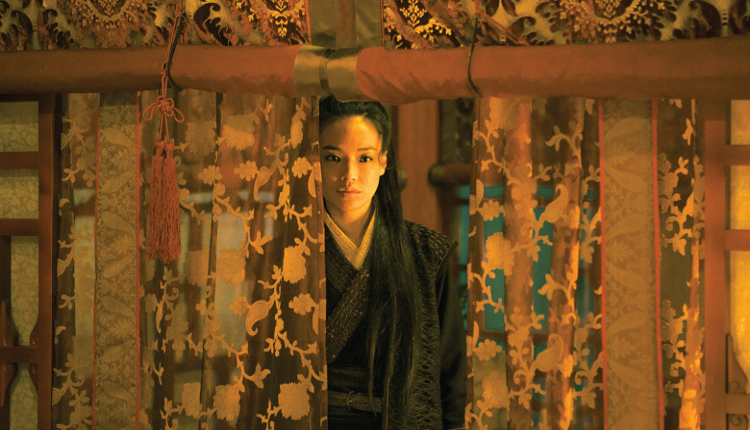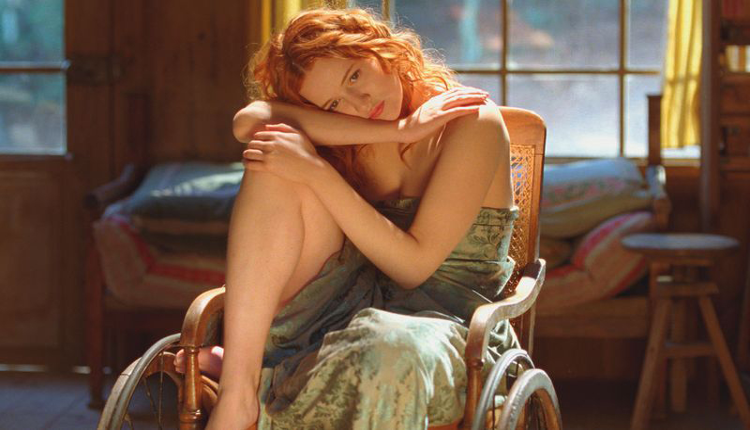A Conversation with Acclaimed Cinematographer Mark Lee Ping-bing
One of my favourite openings to a movie ever is the first scene of 2001 Taiwanese coming-of-age drama Millennium Mambo. In a long take, lead actress Shu Qi walks at night through a tunnel, holding a cigarette, dressed-up. It’s a simple scene. Yet with its’ gorgeous blue hues and jittery camera-work, it captures that feeling of being a restless youth heading for a night on the town better than anything.
“What I wanted from that scene was a youthful feeling. Usually we’d use the steady cam but for me, I found that too standard, too safe. I told [the director] Hou. I said: ‘we need something to give the feeling of youth. We need it to be bumpy’. I talked to the cameraman. I said: ‘give me the steady cam’. So I shot that myself. In the moment, we didn’t know if it worked.”
In Dublin to promote a retrospective of his work, the cinematographer of Millennium Mambo Mark Lee Ping-bing tells me: “Of course, looking back, I did it right. Therefore, the takeaway was that you must be daring. You must take risks.”
Hou Hsiao-Hsien
Risk-taking seems like an important part of Lee’s work, particularly his collaborations with his long-term director and friend Hou Hsiao-hsien. Working together since 1985’s The Time to Live, The Time to Die, the pair have joined forces on such acclaimed films as The Puppetmaster, Flowers of Shanghai, Three Times and 2015 Cannes’ winner The Assassin.
Discussing his relationship with Hou, Lee says: “Our friendship is not an intense one. We rarely talk about work outside of a working context. When we’re filming, and we have an idea of the story, every day is about observing the surroundings. We’re really into finding things by accident. Coincidental things that weren’t planned. Something outside our control or imagination, especially with light.”
Following on, Lee says: “With Hou, he has no elaborate script. It’s just two sentences on a piece of paper. Because the scripts our very simple we have time [to find that perfect shot]”.

However, despite being friends, the two can butt heads. In fact, one of the films Lee is in Dublin to promote is a documentary about him called Let the Wind Carry Me. In a key scene of the doc, we see Hou and Lee clash on the set of 19th century period drama Flowers of Shanghai.
“The main thing about the disagreement on Flowers of Shanghai was that Hou initially thought the project was too pretty. He didn’t want something so glamorous looking. But at the time of shooting, the light was indeed that beautiful, so I didn’t want to change that. I told him it was ‘glamorous realism’ which he came to accept. Even though it’s pretty, it’s still realistic.”
In the Mood for Love
Lee’s penchant for glamorous realism extends out to his other work, not with Hou Hsiao-Hsien. Examples include Wong Kar-wai’s In the Mood for Love (2000) and the biopic Renoir (2012) about French painter Pierre-Auguste Renoir, movies with which the cinematographer seems particularly proud.
“For me, something realistic is the most charming thing so it is glamorous in a way,” Lee says.
A regular feature of 21st century best-of lists, In the Mood for Love stars acting legends Tony Leung and Maggie Cheung as spouses who discover their partners have been unfaithful. As they deal with the revelations, they are drawn closer together.
https://www.youtube.com/watch?v=wYQ6f9lipEM
On the long-lasting impact of In the Mood for Love, Lee states: “My attitude is a good film survives and can go on for generations. What I mean by a good film is that the significance of a film is not only to entertain but to influence. With good movies, every time you see them you are discovering something new. Maybe it’s your age or maybe it’s something you weren’t focusing on at the time but now you are.”
Lee goes on to tell me that when he attended a film festival in Norway, he learned that each Valentine’s Day, one cinema screens In the Mood for Love. “Every year, there are new lovers, new couples, new experiences. That is the charm of that movie. It has this long-lasting impact on people.”
Lights
Lee’s ability to conjure what he describes as glamorous realism is down to his unique use of natural light and shadows. Whereas most filmmakers like to fill the screen with light, Lee likes to keep it faint and understated.
“I learned my craft as an apprentice at CMPC studio. Many many many big huge lights. The moment I saw them, I really wanted to know why we needed that. But, there was nobody you could ask. I needed to try find the reason. [The truth is] no papers say you need to do that. You can do whatever you want”, says Lee.
“I like the dark because Chinese paintings are mostly black and white, and they use a lot of darkness to convey beauty. Chinese calligraphy is in black ink. I want to find beauty in darkness. Therefore, I like experimenting, trying to find layers of light with darkness. It took me many years to do it well.”
That said, Lee abandoned the low lighting of his Asian work when he was cinematographer on Renoir, a film where the subject’s paintings played a big part in how the drama looked.

“Usually my movies don’t have the budget to spend a lot of time lighting. So, I use really simple lighting. In Renoir, I used some more. Before, I did the movie, I looked at a lot of Renoir’s paintings. The only thing I could do was use his paintings and try recreating them.”
While describing shooting Millennium Mambo’s opening shot by himself, Lee seems to enjoy telling the story. I ask if he would ever consider directing: “I get lots of opportunities. People come to me and ask would I be interested in directing a movie. For me, it takes too many years, one movie.”
Elaborating, Lee says: “When I was young I did indeed think about it. Then, I realised that there’s a lot of work involved in being a director to produce one movie. A movie is a dream and every movie becomes that director’s dream. But as a cinematographer, I can make many movies a year and I can have many dreams.”

